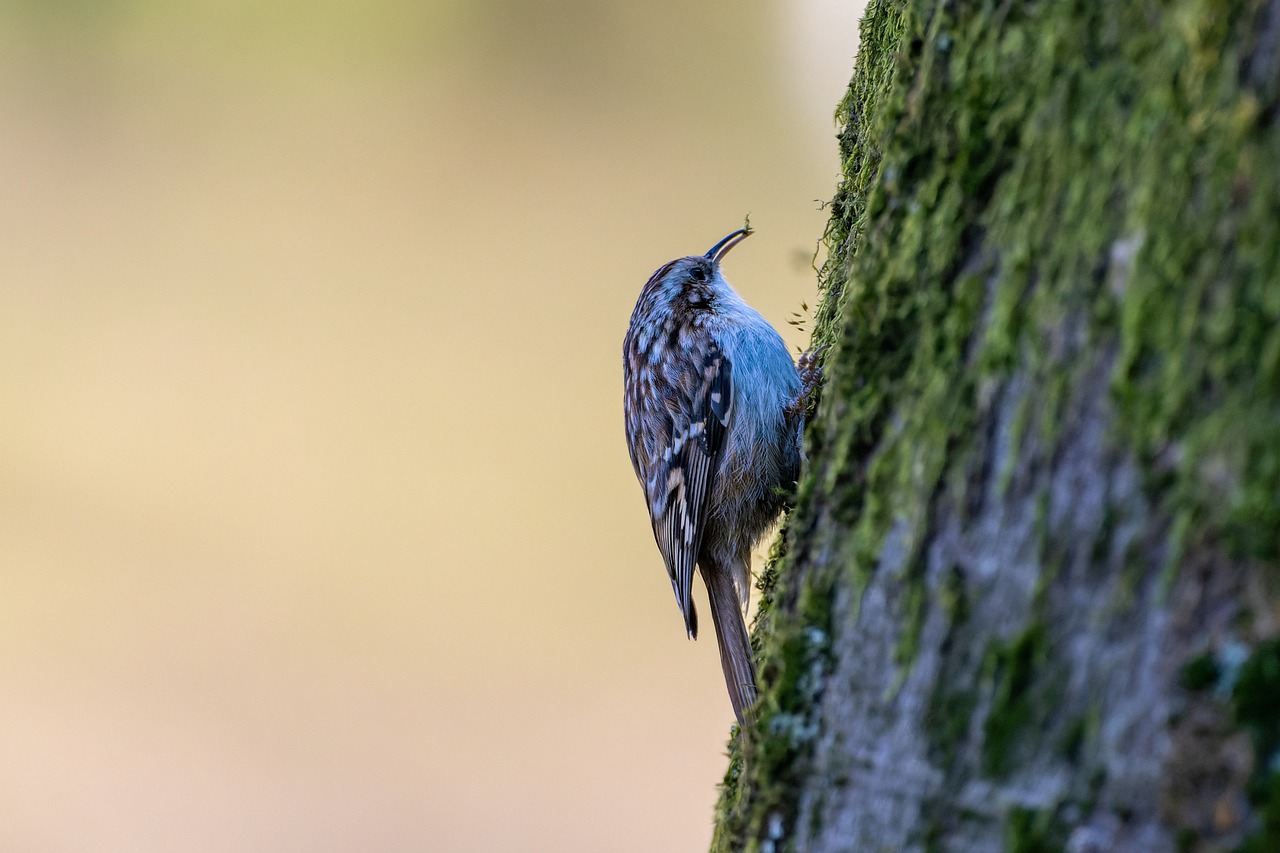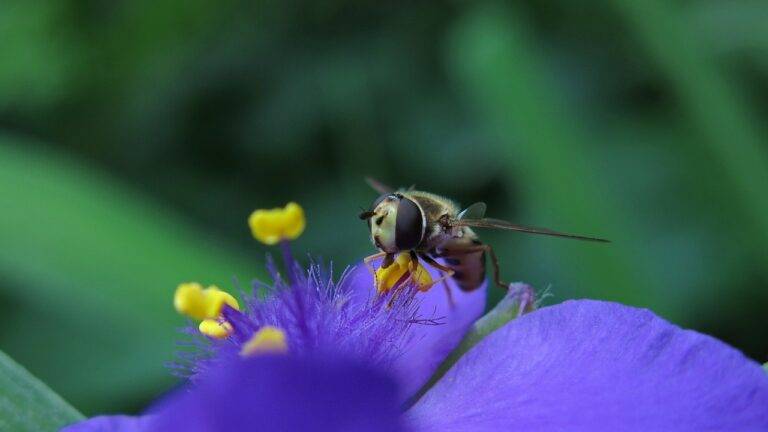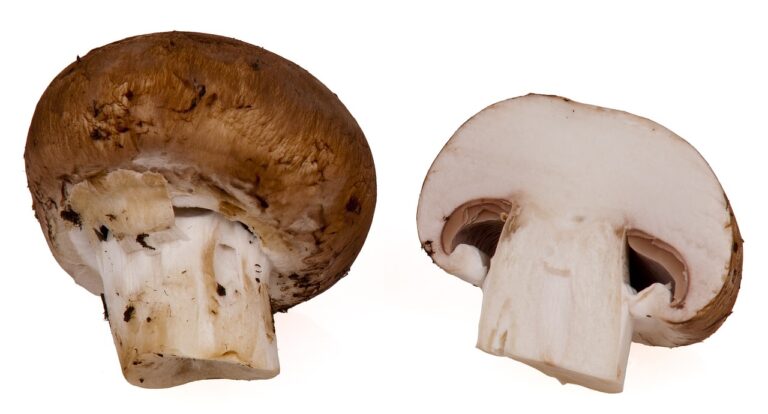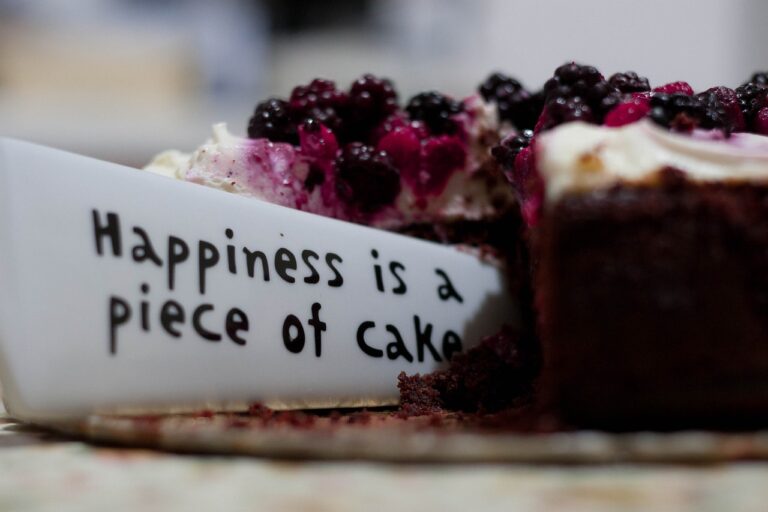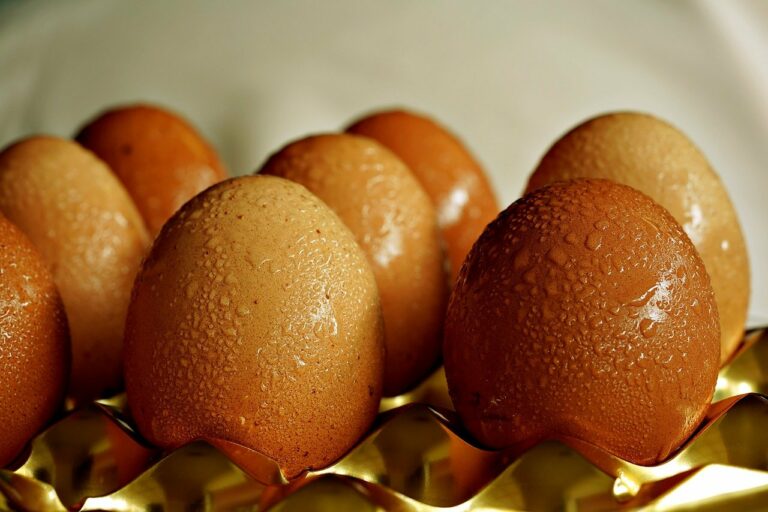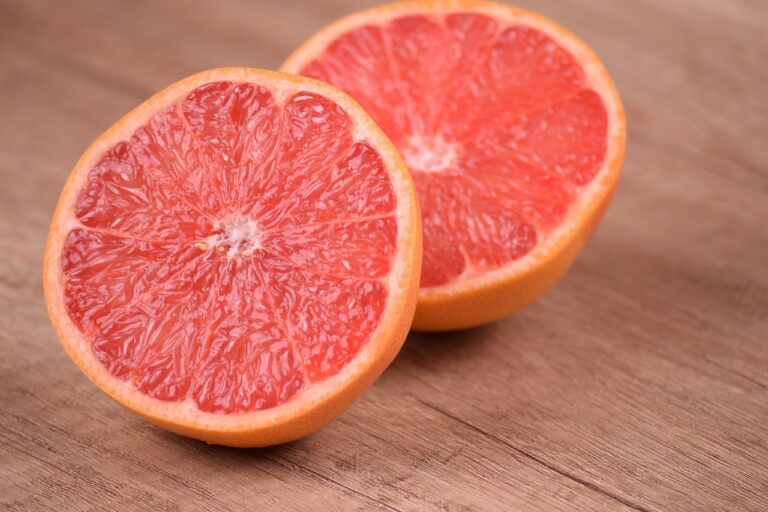The Art of Food Writing: Tips for Aspiring Food Bloggers
When it comes to food writing, finding your unique voice is essential in creating compelling and engaging content. Your voice is what sets you apart from other writers and allows your personality to shine through in your writing. Whether you have a witty and humorous tone or a more serious and informative approach, embracing your individuality will resonate with your audience and make your writing memorable.
One way to discover your unique voice is to experiment with different styles of writing and find what feels most authentic to you. Don’t be afraid to inject your personality and personal experiences into your writing to make it more relatable and engaging for your readers. By staying true to yourself and letting your voice shine through, you’ll be able to captivate your audience and establish a strong connection through your food writing.
Developing Your Palate and Descriptive Skills
Developing your palate is essential for any aspiring food writer. By expanding your culinary experiences and trying new flavors, textures, and ingredients, you can enhance your ability to describe the intricacies of a dish. Take the time to savor each bite, paying close attention to the nuances of taste, aroma, and mouthfeel. This practice will not only refine your palate but also provide you with a rich vocabulary to use in your writing.
In addition to honing your palate, sharpening your descriptive skills is crucial in food writing. Practice painting vivid and sensory-filled pictures with your words, capturing the essence of a dish in detail. Experiment with metaphors, similes, and descriptive language to convey the flavors, colors, and overall experience of a meal to your readers. Remember, the goal is to evoke a sensory experience through your writing that makes the reader feel as if they are right there at the dining table.
Developing your palate and descriptive skills go hand in hand when it comes to food writing. Here are some tips to help you enhance both:
• Try a variety of foods from different cultures and cuisines to expand your flavor profile.
• Take notes while tasting dishes, focusing on specific flavors, textures, and aromas.
• Practice describing dishes using adjectives that evoke sensory experiences such as creamy, tangy, or aromatic.
• Experiment with different writing styles to find what works best for conveying the essence of a dish.
• Don’t be afraid to get creative with your descriptions – think outside the box to paint a vivid picture for your readers.
By actively working on developing your palate and descriptive skills, you’ll be well on your way to becoming a skilled food writer who can transport readers through the power of words.
Understanding Food Photography and Styling
When it comes to food photography and styling, attention to detail is key. Every component in the frame plays a crucial role in capturing the essence of the dish. From the angle of the shot to the placement of utensils, each element should complement the dish and enhance its visual appeal.
Lighting is a fundamental aspect of food photography that can make or break a shot. Natural light is often preferred for capturing the true colors and textures of the dish. Understanding how to manipulate light and shadow can help create a mood and highlight the most appetizing aspects of the food. Experimenting with different lighting setups can provide a range of effects, from soft and romantic to bright and vibrant, adding depth and dimension to the final image.
What is the importance of food photography in food writing?
Food photography plays a crucial role in food writing as it helps to visually engage the audience and showcase the dishes being described in the writing.
How can one improve their food photography skills?
To improve food photography skills, one can practice regularly, study different lighting techniques, experiment with angles and compositions, and invest in quality equipment if possible.
What is food styling and how does it enhance food photography?
Food styling is the art of arranging and presenting food in an aesthetically pleasing way for photography. It enhances food photography by making the dishes look more appetizing and visually appealing.
What are some tips for styling food for photography?
Some tips for styling food for photography include using fresh ingredients, incorporating props to add context or create a story, paying attention to color and texture contrast, and arranging the food in an appealing way.
Can food photography and styling help improve the overall quality of food writing?
Yes, food photography and styling can help enhance the overall quality of food writing by providing a visual representation of the dishes being described, capturing the reader’s attention, and evoking emotions through imagery.

